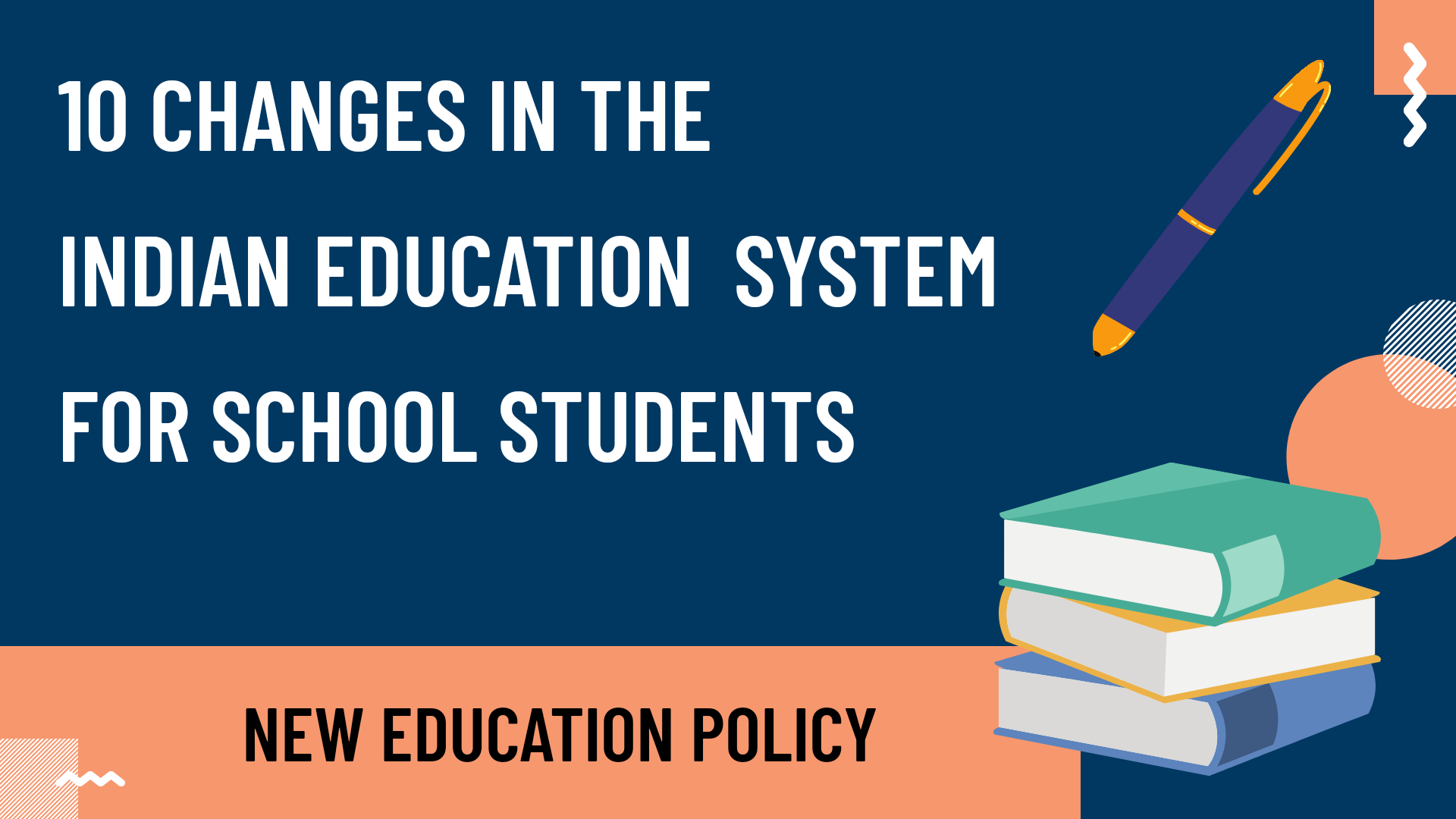New Delhi: New Education Policy of India has been launched on July 29th. Union ministers of Human Research Development Ramesh Pokhriyal Nishank and Information and Broadcasting, Prakash Javadekar made this announcement.
According to the discussions on social media, “After a long period, the “prehistoric” education system in India will be changed.”
According to a study, the literacy rate in India is 74.04 %.
In a hugely populated country like India, the literacy rate is quite average.
But here comes the truth about it. More than 25% of students between the age group 14 to 18 years of this 74% literate population, cannot read the basic text in their mother language fluently.
The modern education system of India emphasizes memorizing rather than learning.
Most of the students lose their interest in the study. The number of dropouts is really terrible in India.
So Union Cabinet has announced that, according to new education policy, basic education will be free for all.
This education policy has been refurbished so that students can enjoy while studying, also it emphasizes on application of the study rather than memorizing.
So, here are the top 10 changes in the Indian Education System in the New Education Policy for school students that were necessary.
- Emphasizing on vocational studies and mother tongue
- More focus on extracurricular activities
- Incorporation of new 5 + 3 + 3 + 4 curricular structure
- Freedom for choosing subjects
- ‘Light but Tight’ regulation
- Improvement of digital infrastructure
- Emphasizing on teamwork
- New provisions for children with special ability and students with a special talent
- School campuses will be used for adult education and lifelong learning courses
- Level of exams can be chosen by students according to their level
Now lets look at each of these aspects separately.
1. Emphasizing on vocational studies and mother tongue
The new Education Policy emphasizes on mother tongue, the local language, or the regional language in the field of study at least till 5th grade.
Sanskrit will be offered at all levels of school. Besides this, several foreign languages will be offered at the secondary level.
Also, the system will develop high-quality modules to teach Indian Sign Languages.
It has been decided that vocational studies are important for students. So there will be much more focus on vocational studies in 6th to 8th grade.
2. More focus on Extra-Curricular Activities
To boost up a child’s confidence and to increase his/her capacity to confront practical situations, the practice of co-curricular activities is very much important.
In simple words, co-curricular activities help to boost up personality.
The current education system doesn’t focus that much on extracurricular activities.
But this new Education Policy will focus on co-curricular activities of a student.

3. Incorporation of new 5+3+3+4 Curricular Structure
The new 5+3+3+4 Curricular Structure will be incorporated in school level over the old 10 + 2 structure.
The 4 stages will be like:
a) Foundational Stage for 5 years: This will focus on play and activity-based learning.
b) A preparatory stage for 3 years: This will emphasize on activity-based and interactive classroom learning.
c) A middle stage for 3 years: It will focus on experimental learning in the sciences, mathematics, arts, social sciences, and humanities.
d) A secondary stage for 4 years: It will focus on multidisciplinary study, greater critical thinking, flexibility, and student choice of subjects.
This new system will promote skills rather than marks.
[Also Check out: 10 Changes in the Education system for Higher Studies]
4. Freedom for choosing subjects
This allotted education system promotes stress-free education.
So there will be independence for students to choose their own favourite subject in the secondary stage.
There will be no burden of mandatory subjects in this new system.
5. ‘Light but Tight’ regulation
The new education policy highlights on ‘Light but Tight’ regulation.
It is seen that the current education system pressurizes students a lot.
That’s why the new education system can be a game-changer.
It promotes the multidisciplinary study, greater critical thinking and there is flexibility for students to choose their own favourite subjects.

So, students will face less burden in this system.
6. Improvement of digital infrastructure
Online education will be promoted in this new education system.
During this new normal situation, we all came to know about the importance of online education.
So, a lot of improvements in digital infrastructure will be done.
Where direct teacher-student introduction will not be possible, online teaching will be the one and only option.
Also, regular classrooms will be converted into smart-classrooms.
7. Emphasizing on teamwork
The practice of teamwork is very important for students.
The regulations emphasize on teamwork and collaboration. The interactive session will help them in the future.
8. New provisions for children with special ability and students with a special talent
Children with special abilities will be enabled to fully participate in the regular schooling process from the foundational stage to higher education.
Educators will fully support them with cross-disability training, and there will be resource centers, accommodation for them, technology-based tools for them, etc.
And also, students with special gifts will be encouraged to participate in different olympiads, quiz competitions, etc.
9. School campuses will be used for adult education and lifelong learning courses
The “Education for all” campaign will be promoted via this new system. School complexes will be used for adult education courses after school hours.
The concept of community engagement will be kept in mind.
10. Level of exams can be chosen by students according to their level
Students of the middle stage and secondary stage can choose the level of exams according to their level.
School boards will provide options to students, whether they want to take a tough exam or the comparatively easier version.
It will be applicable on all the subjects.
Majority of the teacher community has appreciated this new education policy.
For sure, this will be a game-changer.
According to some students, “The current education system is old enough. It should be discarded.”
These are the 10 changes in the Indian education system for school students that were necessary.
Hope this is informative to you.
Stay tuned for more updates.

Comments are closed.